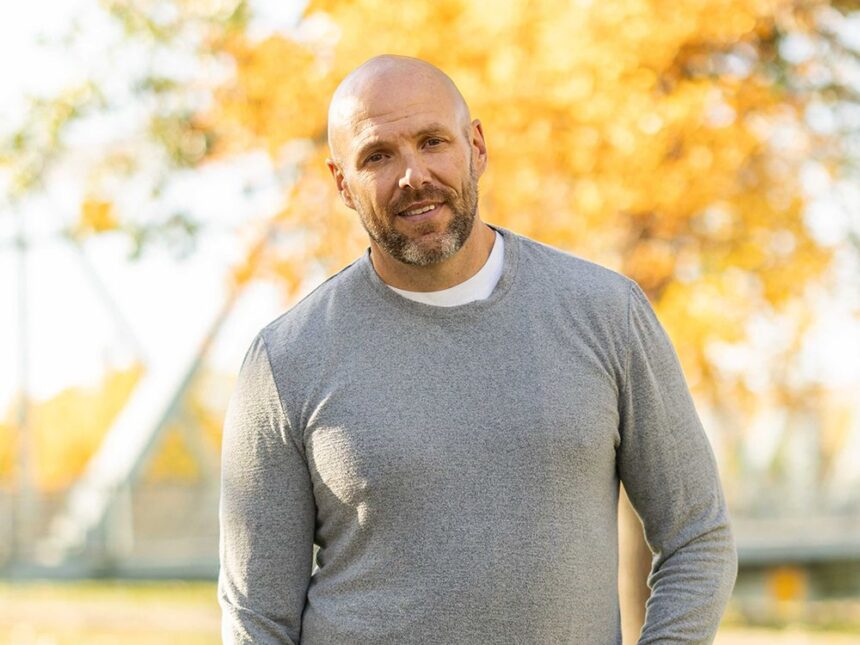Article – After spending three months meeting with unhoused residents along Toronto’s Don Valley trail encampments, I’ve discovered a complex reality challenging our national housing-first approach: some Canadians living rough actively refuse permanent housing options when offered.
“I’ve been offered apartments twice,” explains Michael, a 42-year-old who’s called various Toronto encampments home for nearly four years. “But those places come with rules I can’t live by. No visitors after 8 p.m., regular inspections, no pets. My dog’s all I’ve got.”
This reluctance represents a growing challenge for policymakers and outreach workers across Canada as homelessness rates continue climbing despite increased federal funding. According to the latest point-in-time count data, Canada’s urban homeless population grew approximately 15% between 2018 and 2023, with particularly sharp increases in mid-sized cities.
The housing resistance phenomenon isn’t simply about preference for street living. Through dozens of conversations with unhoused individuals and front-line workers across Ontario, Quebec and British Columbia, a pattern emerges of institutional barriers, trauma responses, and a basic human desire for autonomy that our current housing systems often fail to address.
Dr. Jayne Matthews, who directs Toronto’s Street Outreach Coalition, explains that the standard supportive housing model doesn’t work for everyone. “Many people who’ve experienced prolonged homelessness develop strong survival networks in their communities. Moving them into isolated apartments severs those connections and can trigger profound loneliness.”
Housing advocates point to rigid program requirements as another major barrier. In Vancouver, nearly 40% of people offered housing through the provincial Homeless Outreach Program declined placement last year, according to BC Housing data. Sobriety requirements, curfews, and visitor restrictions were commonly cited reasons.
“We’ve designed our systems around what housed Canadians think homeless people need, not what they actually tell us they need,” says Martine Desjardins, a Montreal-based housing policy researcher. “When someone’s experienced repeated trauma, institutional settings that restrict freedom often feel threatening rather than supportive.”
In Ottawa last month, I watched as outreach workers offered Keith, a veteran who’s lived under a highway overpass for six years, a spot in a newly opened supportive housing facility. His response was immediate: “Last time I took housing, they put me in a basement room with no windows, surrounded by people using drugs when I’m trying to stay clean. I’d rather take my chances out here.”
For Indigenous people experiencing homelessness, the barriers can be even higher. A 2022 report from the National Indigenous Housing Network found that culturally inappropriate housing designs and programs disconnected from community support networks resulted in placement failure rates nearly twice as high as non-Indigenous clients.
“Many housing programs operate from a colonial mindset,” explains Thomas Beardy, Indigenous outreach coordinator for Winnipeg’s Main Street Project. “For people who’ve experienced generational trauma from residential schools and child welfare systems, institutional settings trigger profound distrust.”
The federal government has invested significantly in addressing homelessness, with the National Housing Strategy committing $55 billion over ten years. But critics argue the one-size-fits-all approach fails to address the diverse needs of Canada’s unhoused population.
Ahmed Hussen, Minister of Housing and Diversity and Inclusion, acknowledges the challenge. “We recognize that traditional housing models don’t work for everyone,” he said in a recent statement. “That’s why we’re exploring more flexible approaches like the Housing First model with fewer barriers.”
Some communities are pioneering alternative solutions. Victoria’s tiny home village project, which provides individual units with community gathering spaces, has seen a 78% retention rate among previously chronically homeless residents. Meanwhile, Montreal’s managed alcohol program for people with severe alcohol dependencies has reduced emergency room visits by 40% among participants.
“We need housing options across a spectrum,” explains Desjardins. “From low-barrier shelters to independent living, with meaningful community involvement at every step.”
For people like Michael, the solution isn’t necessarily more housing – it’s different housing. “Give me a place where I can keep my dog, make my own decisions about visitors, and not feel watched all the time. I’ll take it tomorrow.”
As Canada faces increasing pressure on shelter systems nationwide, the voices of those refusing housing offer valuable insights. The real challenge may not be convincing people to accept housing, but transforming what we offer to align with their actual needs.
“Housing first works when it respects dignity and autonomy,” Dr. Matthews concludes. “When it doesn’t, we shouldn’t be surprised when people choose community under a bridge over isolation in an apartment.”
As winter approaches and encampments across the country face potential evictions, these insights take on new urgency. The question isn’t whether Canada can build enough housing, but whether we can build the right kind of housing – one that people will actually choose to call home.






